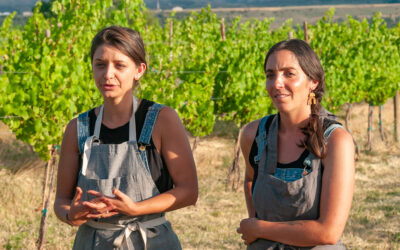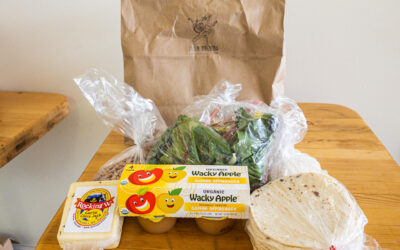By Robin D. Schatz, a New York-based writer for Fast Company, Inc., and other publications, writes about business, healthcare, arts and culture, and has a strong interest in social enterprise and environmental issues.
Jolijt Tamanaha, a self-professed foodie, grew up chowing her way through New York City’s tasty melting pot. But she didn’t think much about where that food came from until she saw the documentary film American Meat during her sophomore year at Washington University in St. Louis.
The film, which focuses on a generation of livestock farmers who are rejecting factory farming in favor of more sustainable and humane practices, inspired Tamanaha (pictured right) to learn more about the farm-to-table movement in her college town. She wanted to help family farmers compete more successfully against big distributors and attract more money to the St. Louis economy.
To that end, Tamanaha, signed up for a hands-on entrepreneurship class called The Hatchery and before long, she had teamed up with three classmates, all undergrads at the university’s Olin Business School, to develop a business plan for Farmplicity, a Web-based marketplace that would connect St. Louis chefs with farmers in a 150-mile radius.
“The problem we’re trying to solve ultimately is that we want to get more locally grown food in restaurants,” says Tamanaha. “It’s not only farmers that struggle to get products sold, but it’s also restaurant chefs who want the best ingredients but struggle to find them.”
Not only did the group get an A on its class project, it launched Farmplicity as a real business in April. Since then, the group has signed up about 80 farmers and 70 restaurants.
The website lets farmers showcase their harvests with price and delivery terms. They also post profiles that detail their philosophies and practices. Chefs can shop dozens of farms in one place, offering everything from free-range chickens and grass-fed beef to Swiss chard, acorn squash, and farm-fresh yogurt. Farmplicity charges a 5% fee on the farmer’s sales and a 3.5% transaction fee to restaurants for processing their credit card purchases. Farmers get paid within 15 days by Farmplicity.
Satisfied farmers include John and Shari Kopmann, who run Three Girls and a Tractor, with their three school-age daughters, near Marthasville, Missouri, 60 miles west of St. Louis. They sell at farmers’ markets and to some local restaurants, but it’s a long way to the big city. “We cannot afford to run into St. Louis for one small order,” Shari Kopmann says. “Farmplicity has solved this problem as we are able to specify we will deliver on Tuesday mornings until noon. This allows for multiple deliveries on one day using minimal gas and time.”
Chefs have been a bit slower to shop online for their supper, Tamanaha concedes, but those who do are pleased. Bernard Pilon, executive chef of the Norwood Hills Country Club in St. Louis, says he orders from Farmplicity every week to supply ingredients for his seasonal menu, featuring about 60% to 70% local products, such as grass-fed beef, eggs, and produce. Earlier this season, he scored some hard-to-come-by morels on the site.
“We are a big country club with lots of volume, so it is important for me to have many sources from which I can buy food. Having them all on one website is incredible. It saves me a ton of time,” he says.

So far, Farmplicity is a bootstrapped affair, says CEO Drew Koch, who graduated in May and now works full-time on the site. After getting a firm foothold in the St. Louis market, Farmplicity hopes to expand to other Midwestern cities like Columbus, Missouri; Kansas City; Indianapolis; and Cincinnati.
Field research has been key to developing a website that serves both buyers and sellers’ needs. That’s meant some tasty restaurant meals and some new on-site farm experiences. At Windcrest Dairy in Trenton, Illinois, Koch milked his first cow. “It kind of sprayed all over the place,” says the Houston native. Larry Hammer, a family farmer in rural Missouri, cooked up some delicious hamburgers for the team at his Civil War-era homestead. They were made from his own grass-fed beef.
“I think you start to see what a political statement it is when you decide what food to eat,” says Tamanaha.




